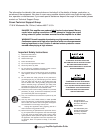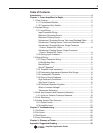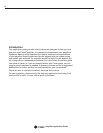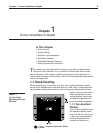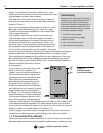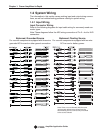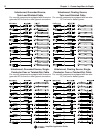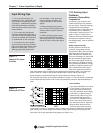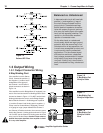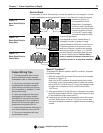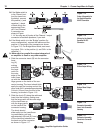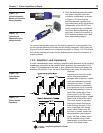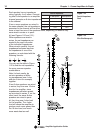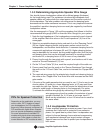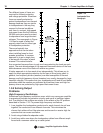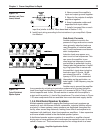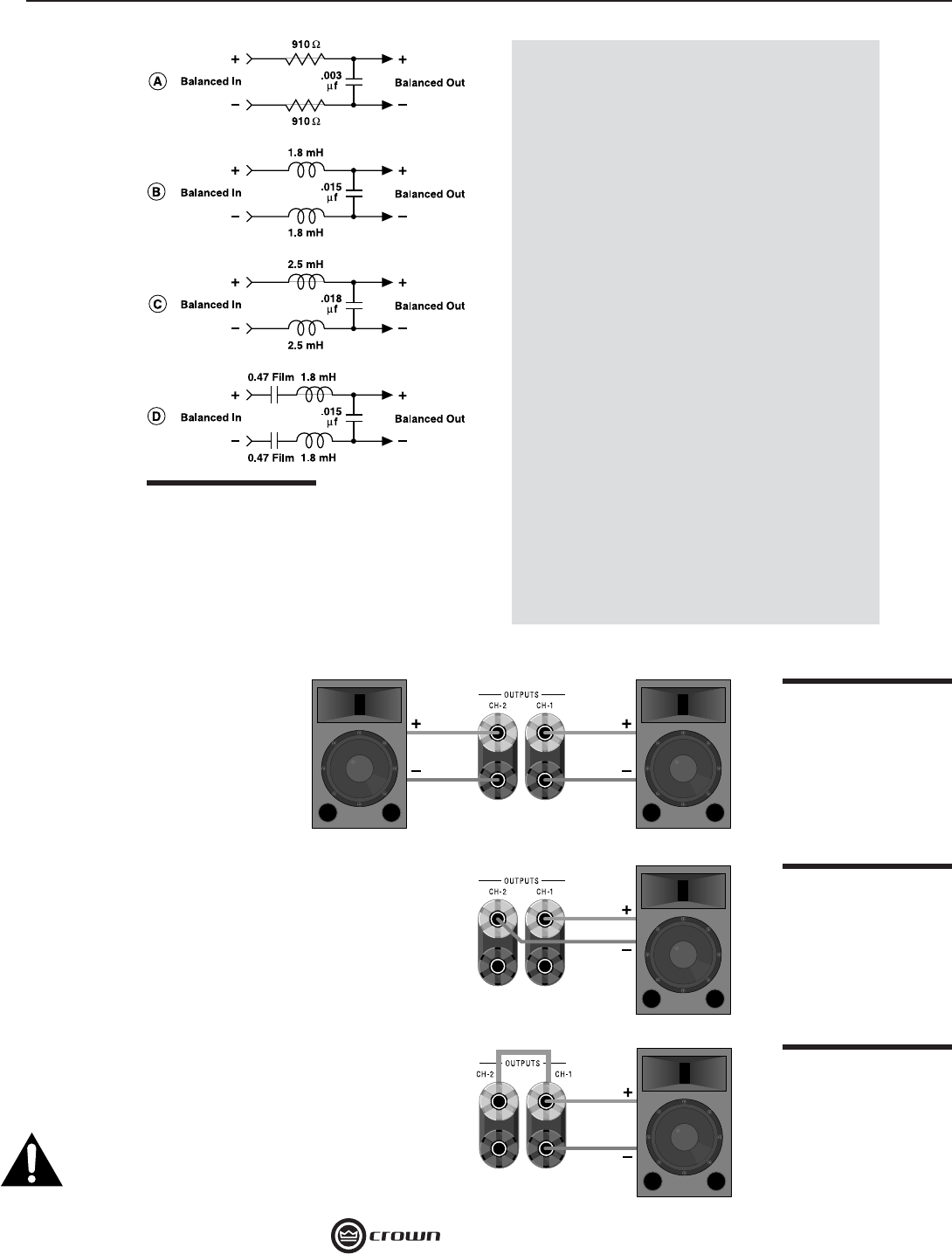
10 Chapter 1: Crown Amplifi ers In-Depth
Amplifi er Application Guide
1.3 Output Wiring
1.3.1 Output Connector Wiring
5-Way Binding Post
If the amplifi er is set for Stereo
(Dual), connect the positive (+)
and negative (–) leads of each
loudspeaker to the appropri-
ate Channel 1 and Channel 2
output connectors as shown in
Figure 1.6.
If the amplifi er is set for Bridge-Mono (if equipped), con-
nect a mono load across the red binding posts of each
channel as shown in Figure 1.7. Do NOT use the black
binding posts when the amp is set for Bridge Output.
Notice that the Channel 1 red binding post is positive
(+) and the Channel 2 red binding post is negative (–).
If amp is set for Parallel-Mono (if equipped), connect
a 14-gauge or larger jumper between the Channel 1
and Channel 2 Positive terminals, then connect a mono
load to the Channel 1 binding posts as shown in Figure
1.8. Do NOT use the Channel 2 binding posts when the
amp is set for Parallel Output. Caution: Never short or
parallel the output channels of an amplifi er to itself
or to any other amplifi er.
Figure 1.5
Balanced RFI Filters
A balanced audio circuit will have both
positive (+) and negative (–) legs of
the circuit that are isolated from the
ground circuit. These balanced legs
exhibit identical impedance character-
istics with respect to ground, and may
also carry the audio signal at the same
level, but with opposite polarities. This
results in a line that offers excellent
rejection of unwanted noise.
On the other hand, an unbalanced
circuit usually holds one leg at ground
potential, while the second leg is “hot.”
Unbalanced line is less expensive, but
is much more susceptible to noise, and
is not normally used in professional
applications. For the cleanest signal,
with less hum and buzz, a balanced
line is always recommended. It is espe-
cially helpful if you have a long cable
run (over 10 feet (3 m)), since noise is
easily introduced into long, unbalanced
lines.
Balanced vs. Unbalanced
Figure 1.6
5-Way Binding Post
Wiring for Stereo
Figure 1.7
5-Way Binding Post
Wiring for Bridge-Mono
Figure 1.8
5-Way Binding Post
Wiring for Parallel-
Mono



